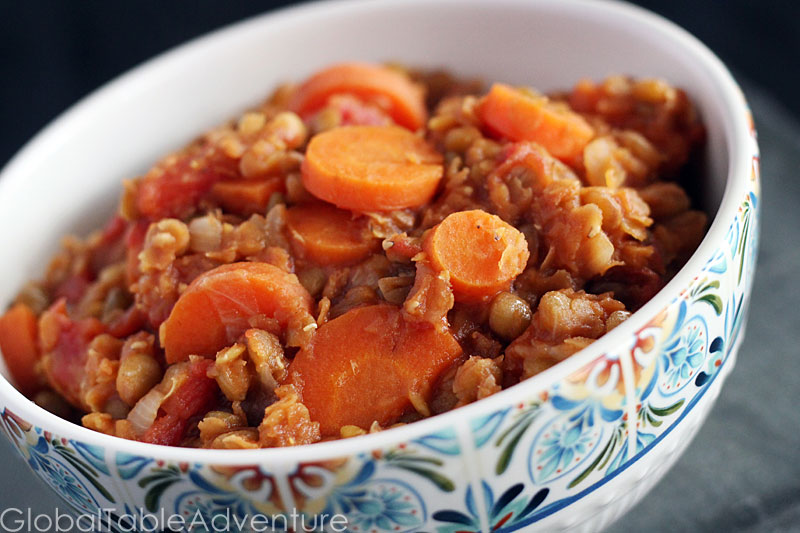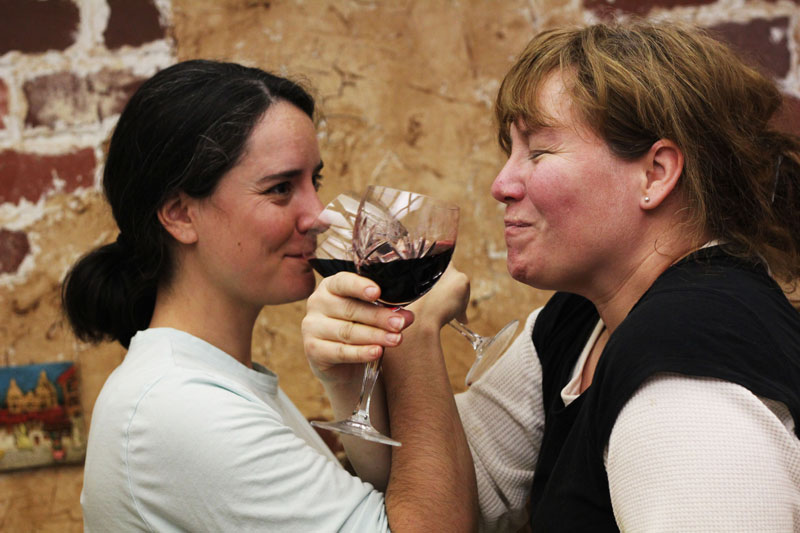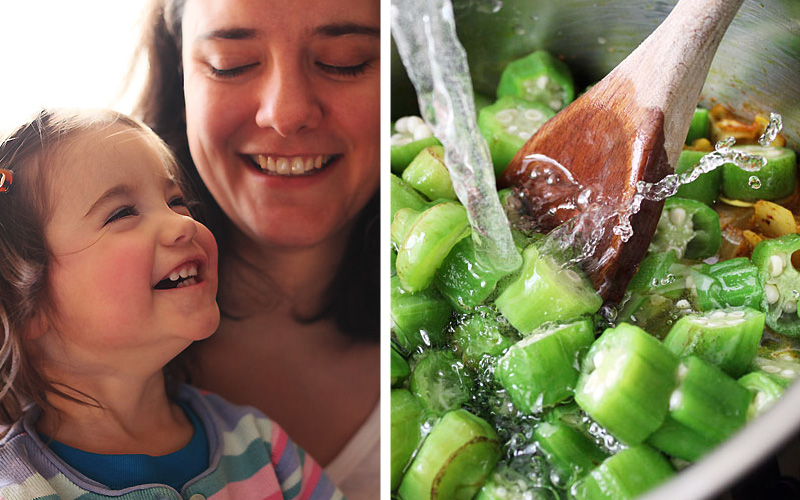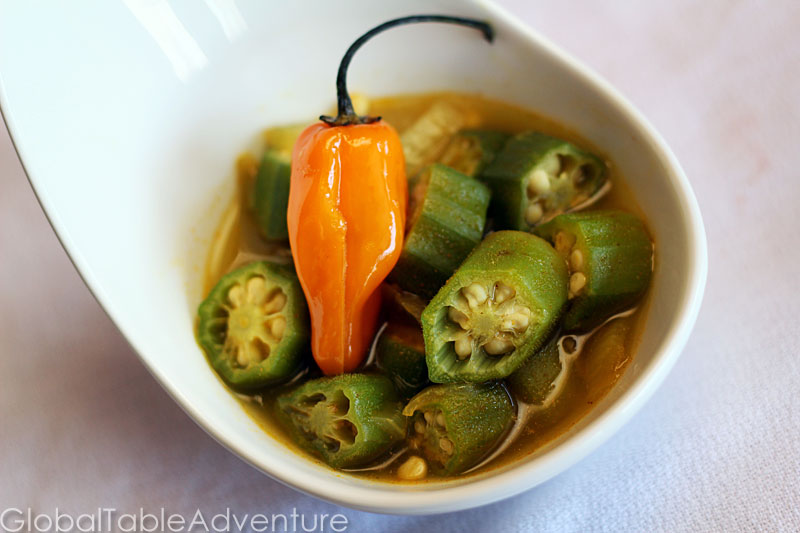Serves 4 Let’s thank Eritrea for this giant, vegan bowl of deliciousness – a happy mixture of spicy lentils, offset by sweet carrots and tomatoes. The heat comes from berberé, the regional spice blend that should be added with a heavy hand. You know, for authenticity purposes. And lots of sweating. Edited to add: One of our readers posted a great tip in the comments section of our Ethiopian menu which also applies to Eritrean cooking: When I watch Ethiopian cooks in Ethiopia they chop up red onion very tiny (I use a food processor and stop short of pulverizing as it helps it cook down faster) and then dry cook it in the pan — no oil. They dry cook it stirring constantly until it turns almost into a paste — imagine the consistency of a good roux. It takes a lot of onion to get the right amount of this paste. Then add the oil/lentils, sauce stuff, etc. The onion paste is actually the thickener for the wat — if you don’t do …
Read More

I like a good surprise. Like when a nun wears pink socks. Or when a not-so-promising movie is actually funny, but – and this is very important – only because you had supremely low expectations (Men who Stare at Goats, anyone?). Consider Eritrea – a hot African land that enjoys injera, spicy berberé seasoning, and lentil wat (stew) – all regionally appropriate. All very expected. Then, look down at Eritrea’s proverbial pink socks, a.k.a. a burst of Italy in an otherwise traditional African nation. In the capital, Asmara, you can sip on a cappuccino and admire the colonial architecture – designed to resemble Italian villas as well as European art deco structures. The Fiat Tagliero gas station is even made to look like an airplane. More than 50,000 colonizers set up their lives in Eritrea, so it is no wonder they eventually called their new home “Little Rome.” Not bad for pink socks! ** Photos courtesy of Carsten ten Brink and Hans van der Splinter (who has a web site devoted to showing the world the beauty …
Read More

Do you dream of cleaning out your cluttered silverware drawer? Are you totally tired of your dishes? Try a happy bite of Injera, the gorgeous Teff flatbread adored in Eritrea, Ethopia, and other East African countries. Sour and funky… Injera is almost as thin as a crepe, but spongy like a pancake … and is traditionally used both as a platter for spicy stews and to replace silverware. Three tips for foolproof Injera making: 1. Consistency Make sure the batter is almost the consistency of crêpe batter (between crêpes and pancakes) . Any thinner and the bubbles won’t form. Much thicker and it won’t look like traditional Injera. Practice makes perfect. 2. The Pan If you don’t have the traditional mitad (I didn’t), you can use a large, short sided pan. You’ll have the best luck with a nonstick pan or a really well seasoned crêpe pan. Cover loosely with aluminum foil if it doesn’t have a lid. 3. Play it cool Absolutely cool the Injera before stacking or attempting to move it around much. They are …
Read More
Sisters. We share the same mother, the same nose, and the same penchant for immature giggle-fits. She took me to the mall when I was too young to drive. She encouraged me not to get a tattoo. She held me strong after our brother died in 1992. She didn’t blink when I dyed my hair purple at 16. And, this week? She came to pledge her support in the spiritual journey of my sweet Miss Ava. In the process she rolled up her sleeves and helped me cook our Eritrean Global Table. And she suggested I start dying my hair again. Ah, the honesty of sisters. Teff Pancake (Injera) [Recipes] A thin sour pancake pocked with little holes and used as a plate and to scoop up thick stewed vegetables and meats. Berberé – Hot East African Spice mix [Recipe] This popular spice blend is known for scorching heat, but also a balance of background flavors including cinnamon, cumin, paprika, turmeric and more. Spicy Lentil Stew [Recipe] Made with little more than lentils, onions, carrots, and berberé …
Read More
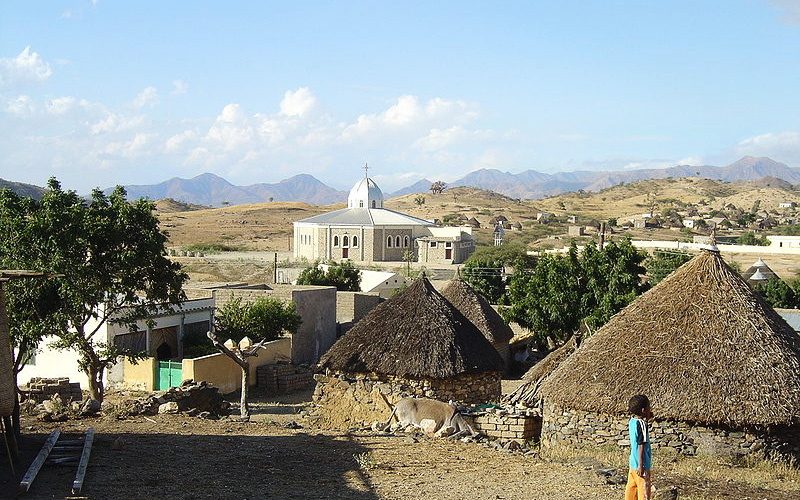
Think Emeril Lagasse knows how to “kick it up a notch?” Check out the food of Eritrea, nestled on the northeastern side of Africa. This hot, dry land holds claim to spicy, deeply seasoned foods very similar to its neighbor, Ethiopia. Eritreans kick it up with berberé [Recipe] – a spice blend made with loads of chili powder, cumin, fenukgreek, cinnamon and half a dozen other spices. Rather than vigorously dusting it on top of the food and shouting “bam!”, the people stir spoonful after spoonful into their meals. If you use as much as a local… well, expect tears. Berberé amps up nearly all dishes, including stewed chicken, lamb, and beef. Even more common than all that meat? Spicy lentils [Recipe] and chickpeas. (Side note – while they have a lengthy shoreline, most fish is exported for consumption) Regardless of what you put berberé on, know this: it will make you sweat. Finger food, anyone? In Eritrea, plates are covered up – blanketed – by the mighty injera, a giant pocked flatbread/pancake made with …
Read More
THE SCENE: A thick strand of ooze connected my spoon to the serving bowl. I wiped it up quickly, before mounding the spiced okra onto Ava’s plate. She looked at the dark green mountain. She looked at me, shook her head, and signed for more fish. This wasn’t going to be easy. “Try the okra, Ava,” I said, cloaking my desperation with a cheerful voice. “Okra. Okra.” I repeated, slowly. I pointed to the plate and smiled. “Try it!” We watched her. We waited. Ava scrunched up her nose and shook her head again. She pushed her food around a little, then squealed with delight. Goldmine! She found another piece of fish, hiding behind the okra. She popped it into her mouth and smiled. One more time I offered her a bite. Just in case. Again, she shook her head but, instead of saying no, she said – clear as day – “Okwa! Okwa. Okwa!” We applauded her new word and encouraged her to say it a few more times. She did, beaming and grinning. She was so happy …
Read More
Serves 4-6 Okra amazes me. Fried, it behaves nicely. Crispy, yummy, good. When stewed okra becomes a little more… shall we say… unwieldy? Slippery? Viscous? No matter. In Equatorial Guinea they make the best of it and turn this tricky veggie into spicy and exotic side dish with a few simple spices (and one explosive habanero pepper). I avoided fire-engine heat levels by simply splitting the habanero to let a little juice out. It was more than enough heat for me. While the okra becomes characteristically gooey, the flavor is amazing – and supposedly, one of the forerunners to southern gumbo. Ingredients: 1 tsp red palm oil 1 onion, chopped 1 habenero pepper, slit 1 tsp curry 1/4 tsp chili powder 1 lb sliced okra water, to cover Method: If you can get fresh okra, fantastic. If not, thaw a bag of okra. Meanwhile, take a stroll. Wave at your neighbors and smile so big they’ll wonder what’s up your sleeve. When you get home, heat up the red palm oil in a medium pot. Add the …
Read More

Serves 2-4 What is breakfast like at your house? Does one person eat more sugar than oatmeal? More syrup than pancake? That’s Mr. Picky. One day I fully expect him to eat a bowl of nothing but sugar. Meanwhile I just barely dust my breakfast with sweeteners. While eating, we take turns shaking our heads at each other’s crazy eating habits. Today, take your sugar out for a spin on a bowl of millet porridge, an African treat. Particularly popular in central Africa, you can make this dish as sweet as you like (although the characteristic whole grain/bitter flavor will remain strong in millet) – or you can leave it unsweetened for a more savory dish. Ingredients: 1 cup millet flour (available at African markets or some health food stores) 1/2 tsp grated ginger 1/8 cup sugar, plus extra as needed 1 cup water 1 1/2 -2 cups whole milk cinnamon for garnish, to taste Method: Good morning sleepyhead! Rub the fog from your eyes. Grating a little fresh ginger will help awaken the senses. This …
Read More

Tulsa seems to be channeling a little bit of Equatorial Guinea. After record-breaking snowstorms, the sky is blue, the air is warm, love birds are chirping, and a squirrel is peering at me over a fence. He’s wondering where the 14 inches of snow went. And why the trees are budding in February. The one thing he doesn’t have to worry about, however, is being dinner. I’m not interested and my cats are way too slow. In Equatorial Guinea, Mr Squirrel might be faced with a different fate. In the countryside, anything that moves is liable to become dinner – although gorillas and monkeys are now off limits. But what about veggies? The people of Equatorial Guinea also eat their veggies. One of the more interesting is the malanga – a tuber with leafy greens that came over with Cubans. Apparently in the 19th century, when slaves and political prisoners were freed from Cuba, many landed in Equatorial Guinea. They brought their malanga with them and the rest is history. Have you heard of elephant ears? …
Read More

Serves 2 You’ve seen them at the fish market. Whole trout. Somewhat intimidating, but also intriguing. Friends, if you’ve never ventured in the world of whole fish, I highly recommend it. Cooking them is beyond easy and the flavor is exceptional. Today we stuff them with peppers, onions, and fresh lemons – flavors characteristic of Equatorial Guinea. Slightly spicy and super fresh – make this for a special occasion or just for fun. Ingredients: 2 whole trout, cleaned 1/4 cup thinly sliced poblano 1/4 cup thinly sliced onion 4 lemon slices salt pepper Method: First things first. Light a candle. The flickering light is warm and inviting, and does a great job of eating up fish smells. I burn candles daily, fish or no fish. Gather your ingredients and preheat the grill to medium. You won’t need too much onion and pepper, unless your fish are huge. Rinse and pat dry the fish. Then season the cavity with salt and pepper – preferably fresh, coarse sea salt. Add thinly sliced onions and poblanos… for a little …
Read More

Yesterday you asked me if I was going to be cooking a monkey head. You asked because I shared a photo of a cooked monkey head with you. Totally understandable. To answer your question – there are two reasons why I will not be cooking a monkey head this week. And I think it’s best I leave those reasons to your imagination. Instead I’m cooking a whole fish and will include the whole head for authenticity purposes. As for the rest? Thankfully, Equatorial Guinea is full of all sorts of wonderful dishes, dishes whose ingredients are easily found in Tulsa, Oklahoma. Check it out… what sounds good to you? Millet Porridge with Ginger [Recipe] Millet flour cooked until thick with milk, fresh ginger and sugar. Finished with a dusting of cinnamon. Or sin, as mom likes to call it. Serve for breakfast. Grilled Stuffed Trout [Recipe] Whole trout stuffed with thinly sliced poblano, onion, and lemons – then grilled until flaky. Hot Curried Okra from Equatorial Guinea [Recipe] Okra cooked with curry, chili powder, and …
Read More
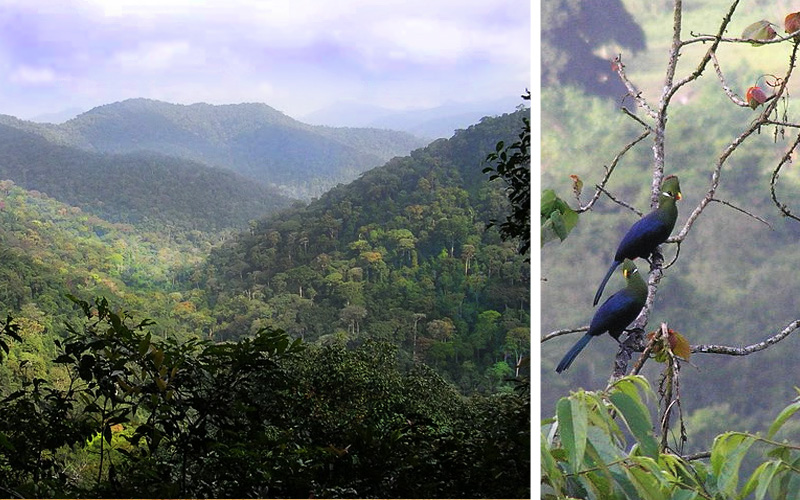
My riding instructor invited me hunting when I was 15 years old. The thought of riding through France’s foggy woods seemed romantic, adventurous, and disarmingly elite. I desperately wanted to say yes, but I had a squeamish feeling I just couldn’t shake. Bottom line? I didn’t want to kill my dinner and I didn’t want to watch other people kill their dinner. Thankfully, I didn’t have to. I was surrounded by supermarkets, cafes, street vendors, and – just down from our house – carrot and mushroom farms. I could eat whatever I wanted, whenever I wanted. I said no. The closest I ever got to hunting was to pluck a carrot from the farm. Illegally. It was the biggest carrot I’d ever seen but, thanks to a lack of running water and guilt, it tasted like dirt. In Equatorial Guinea, killing dinner is not always a choice. The rural people are known for hunting and fishing for their dinners because this is the cheapest and most available way to eat. Whole fish [Recipe], crustaceans, and various …
Read More

